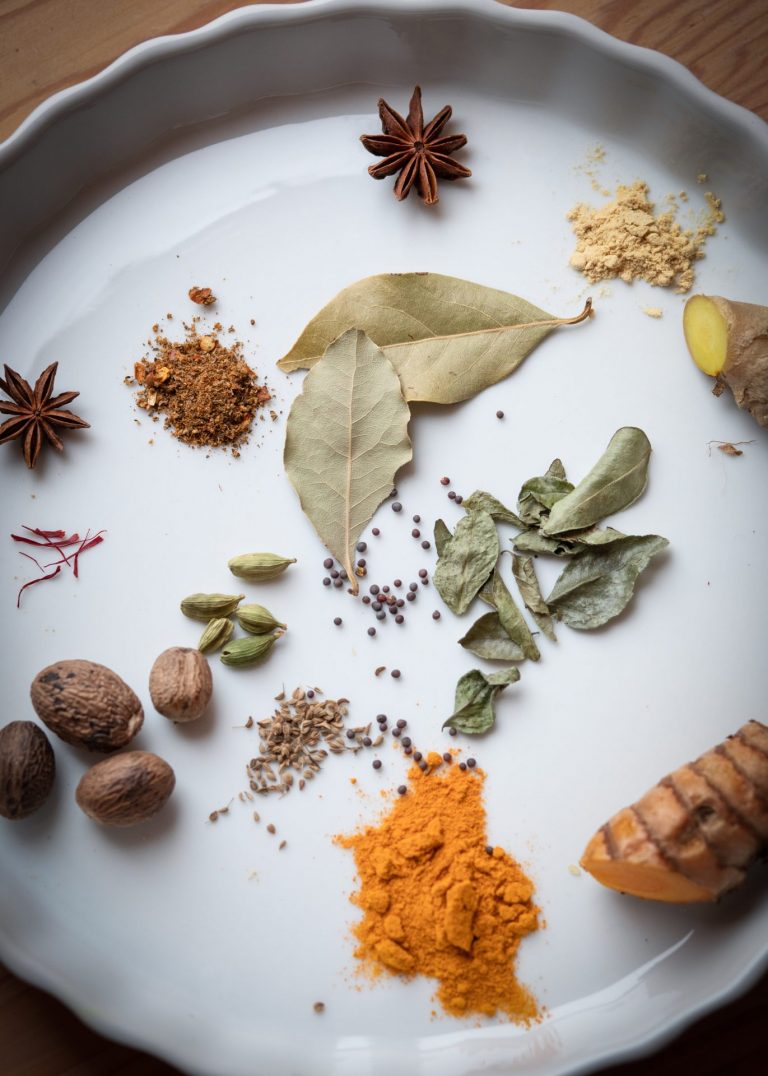Let’s talk about fasting since ‘tis the time!
Many indigenous cultures described February, the late winter moon cycle, the toughest month of the year in terms of food supply, as Hunger Moon.
Very little grows in nature right. Millions of years of foraging life on Earth in cyclic seasonal harvest rotation has made our genes adapt so that we can withstand hunger better at this time. On one condition…
The survival game during scarcity was dependent on the extra fat added before and during winter. Abundant late summer and autumn harvests provided extra sugar, that could be converted to fat for storage. Traditionally, oversupply was (and still is often) turned into preserves, dried and cured goods and storage ready items for winter

At some point, the storages started running low and what was left was roots and bark to chew, perfect antidotes to scrape off excess created during winter. The excess provided sustenance during the meagre months.
The “winter coat” would support us but it also could be too much. By too much excess I mean extra pounds, water retention, high cholesterol, mucous, congested lymph, congested liver and high levels of sugar in blood. These problems are a natural consequence of winter diet. However, in healthy people who follow seasonal diet they usually are, during this season, still at safe levels and not actual health issues. They do have a high potential of becoming problematic especially if fasting period is not observed.
Origin of ritual fasting
Imagine the olden times, when hunger was a reality of every-day life during late winter, people would get together with their family and friends to hold space for each other. Maybe sing a song, comfort the weak and make sure your nearest and dearest survive until growth starts again. It is easy to think that a ceremony of some sort starts repeating every year and it becomes a annual ritual. Hunger moon is a time when the mind is put to test. Ability to manage hunger requires strength of character. Having a tribe around you to share the hardship made late winter struggles somewhat easier.
When religions were born, these spiritual ceremonies and rituals were already in place. When dogma set in, it had a framework to settle in.
Fasting in a time of abundance
Enough of history. The point is, fasting has always been on our late winter to do list. In fact, Mother Nature has created conditions for the fast to happen naturally by not offering much to eat at all. What grows now? Nearly nothing but hey, supermarkets are full of food.
Today, it is difficult to fast as we have abundance year around. The challenge to fast now is even more arduous as we have the food and we have to deny it. Foraging is easy, you only have to press a button and a ready-made meal is right at your door.
Proper fasting
Fasting has to be done within reason. Obviously, the starting point is to check you have no eating disorders.
The ability to fast is dependent on the stamina of your fasting muscle. Consider it as any other muscle: it gets stronger with exercise. Working out with this muscle is as any other challenge. You set your mind to it, do more of it and do it better, every time.
If you have never fasted, and/or have fear of hunger and you tend to eat abundantly, the worse favour you can do to yourself is a juice fast. The bodymind has to get used to fasting gradually so that it won’t go into tilt. Surprises are not highly regarded by the bodymind and can trigger a stress response which means unstable moods, inability to focus and insomnia to start with. Sudden abstinence of food will make the brain think there is scarcity of supplies so it will hold on to fat at any cost. And, and and! It will turn on the worst carb cravings ever.


Small intermittent fasting (SIF)
The most reasonable fast is a small intermittent fast where fasting and feeding windows are measured by the size of the fasting muscle.
One of the most reasonable SI,F able to give fast results means leaving 4 hours between meals, no snacking and no eating after 5pm. Next meal is breakfast around 8-9am. You can still eat three meals a day but keep the window of fasting longer and make sure your stomach is empty when you go to bed.
If you are thinking of SIF for losing the “winter coat” and to detoxify, evening fasting is essential. Morning fasting is definitely needed if you need to eat in the evening, but it does not have the same power to promote weight loss, healing and rejuvenation as evening fasting.
You can eat anything you like from the seasonal, organic and local offer. You don’t have to cut your favourite items (except all whites: cold milk products, sugar, flour and salt, think processed foods). You can still have healthy fats, honey and raw sugar to sweeten, starch at lunch and even a glass of red wine.
Also, fasting during lunch does not work at all. It makes you crave food like mad in the evening and without control. Anything goes at large quantities.
If your fasting muscle is getting stronger, you can try two meals a day: breakfast and lunch. Or, brunch and late lunch. No solids after.
Get used to the SIF with two meals and you can start thinking of two liquid meals and one solid: breakfast juice, lunch with carbs and supper a soup or even better, bone broth. This savoury juice is one of the healing miracle ingredients with ability to keep hunger way and repair a damaged and inflamed gut lining.
When you are fully in control of your mind, you might try a liquid fast. This is recommended only if you can maintain energy levels, sleep well and are able to focus on tasks at hand. Any symptoms of stress during liquid fast (or any fast for that mater) will work against your body and psyche and instead of releasing toxins, will hold on to them. If you find yourself pacing around the fridge, you can already consider the fast you’re on is too much for you.
Greens, greens and more greens
Another thing you’d need to do is start adding loads and loads of greens to our diet. Ideally, if you are still in your three meal a day phase, I’d recommend you to take a nice plate of cooked greens as your supper. I like to cook kale and sprinkle a bit of toasted walnuts and feta cheese on top. I also cannot resist slightly charred broccoli tops with chilli and garlic. If you like to take a slice of meat or fish in the evening (before 5-6pm), have spinach or broccoli only with it and avoid carbs of starchy kind.

Tolerance of hunger
Fasting should be relatively easy but it might create some unease with the initial adjustment to new gut rhythms. As regards hunger, remember this mantra:
Hunger is not pain. Hunger comes in waves. Hunger is a sign of healthy agni.
Hunger is like tiredness. It comes and goes and we can manage to carry out our lives for a period of time with this sensation. People have grown, however, scared of hunger, as if it was something that would kill us. Hunger does not kill us. Malnutrition and undernutrition do, but if you are a relatively normal person, you won’t die in four hours of fasting. And, if you cannot stay four hours without food, then you need to fix that.
You can turn things around and think about the positives of hunger. Hunger makes you feel light, hunger means the body is eating its waste, debris, metabolic waste and dead and mutated cells. And all this happens during the night, whilst you sleep. You just need to be a bit patient in the evening and, repeat your mantra. Drink warm to hot water when you get the feeling and turn it to a positive achievement. When you go to bed, place a hot water bottle on your abdomen to mimic the heaviness and warmth an evening meal would provide.
Once you control your hunger, you can do anything.

How to get started
Establishing a right kind of fasting and feasting routine can be a challenge. Come and see me for a consultation and we can find the best way to establish a healthy fasting routine. However, the best way to do it would be to join my retreat in Dorset where you are guided through the routines put in practice daily, under my surveillance, so that you understand and learn the benefits by your own experience. Our retreat programs are designed so that you feel satisfied by your food longer and remove cravings of snacks. You will soon notice how easy it is to follow and how wonderful it is to join the table and eat with proper appetite caused by a healthily empty stomach.
We eat a light breakfast, a good substantial lunch, and supper if needed. This coming March retreat we will take advantage of body’s own need to cleanse tissue and purify blood. Helping the bodymind do its duty is a highly satisfying experience as weight, congestion and toxins come out with ease and results are easily visible from day after day.
What to expect from an appropriate fasting regime during our retreat
- Lose around 4-5 pounds in 12 days
- Improved skin
- Clarity of mind
- Lightness in the body
- High levels of energy
- Proper elimination
- Stable blood sugar levels
- Profound feeling of wellbeing
Get in touch if these are something you’re looking for. Check out also the latest review and case study I’ve added on our website from our latest retreat.





Leave a Reply
You must be logged in to post a comment.